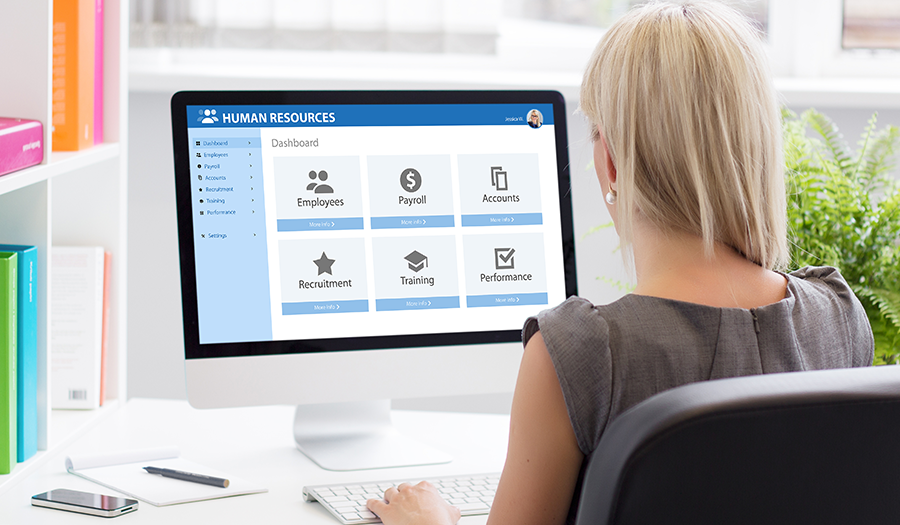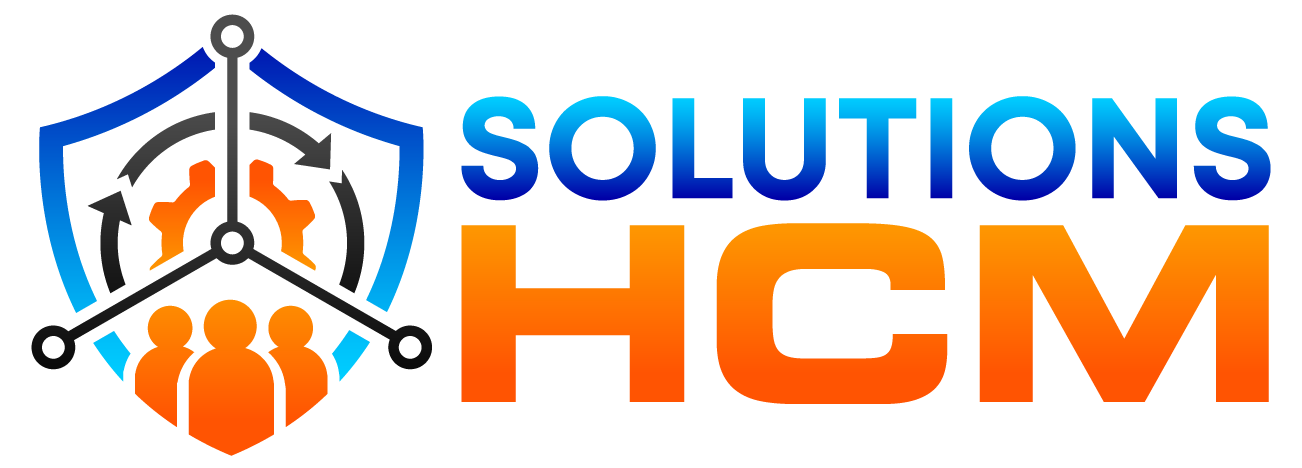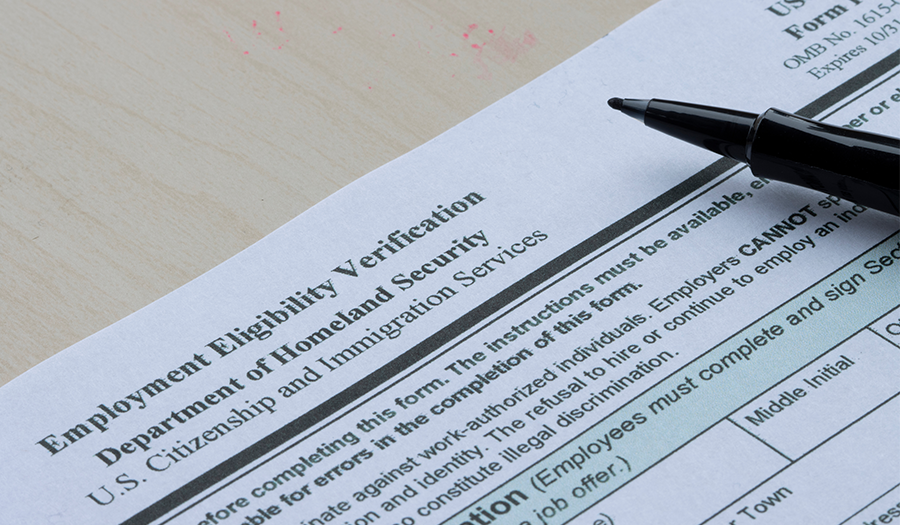
In today’s fast-paced and ever-evolving business landscape, technology continues to reshape the way we work. One area that has seen a significant transformation is payroll management. Gone are the days of manual calculations, tedious paperwork, and potential human errors. Enter the age of payroll automation – a revolutionizing force that streamlines processes, increases efficiency, and reduces compliance risks.
With payroll automation, businesses can bid farewell to time-consuming tasks and redirect valuable resources towards strategic activities. This innovative solution not only simplifies payroll processing but also offers real-time insights, easy integration with other systems, and enhanced data security.
The need for payroll automation in the modern workplace
Payroll management is a critical function in any organization. It involves calculating employee salaries, processing deductions, handling tax compliance, and managing benefits. However, traditional payroll processes can be cumbersome, prone to errors, and resource intensive. Manual calculations and paperwork can lead to delays, inefficiencies and even compliance issues.
In today’s fast-paced business environment, organizations need a solution that can keep up with the demands of payroll management. This is where payroll automation comes into play. By leveraging software and artificial intelligence algorithms, businesses can streamline their payroll processes, eliminate errors, and ensure timely and accurate payments to employees.
There are many reasons why businesses automate resources and all of them revolve around growth and efficiency. And who doesn’t want to manage their companies better and grow? Solutions HCM gives you the tools to help you more efficiently operate and grow your business by eliminating payroll headaches.
Advantages of using payroll automation systems
Implementing payroll automation systems offers numerous advantages for businesses. First, it saves time and reduces administrative burdens. By automating the payroll processes, HR Personnel can focus on more strategic tasks, such as talent acquisition and employee development.
Payroll automation also minimizes the risk of errors. Manual calculations are prone to mistakes, especially when dealing with complex pay rates, deductions, and tax regulations. Automation eliminates human error, ensuring accurate calculations and reducing the likelihood of compliance issues.
Furthermore, payroll automation provides real-time insights into payroll data. With automated systems, businesses can generate reports and analytics instantly, allowing for better decision-making and forecasting. This data-driven approach helps organizations gain valuable insights into their labor costs, benefits utilization, and compliance issues.
Payroll Solutions to Match Your Business Needs
Dive deeper into the capabilities of Solutions HCM’s simple payroll solutions that help you run your business easier and more efficiently. No matter what your payroll services needs are, Solutions HCM can help.
Key features and functionalities of payroll automation software
Payroll automation software comes with a range of features and functionalities designed to simplify and streamline payroll processes. These include:
- Automated calculations: Payroll automation software can handle complex calculations, including different pay rates, overtime, bonuses, and deductions. The software ensures accuracy and consistency in payroll processing.
- Tax compliance: Payroll automation software keeps up with ever-changing tax laws and regulations. It automatically calculates and withholds the correct amount of taxes, ensuring compliance and minimizing risk of penalties.
- Direct deposit and payment: Payroll automation software enables direct deposit, allowing employees to receive their salaries directly into their bank accounts. This eliminates the need for printing and distributing physical checks, therefore saving time, and reducing costs.
- Employee self-service: Many payroll automation systems offer employee self-service portals where employees can access their paystubs, view tax information, update personal details, and request time off. This reduces the administrative burden on HR and empowers employees to manage their own payroll information.
- Integration with other systems: Payroll automation software can integrate with other HR systems, such as time and attendance tracking, benefits administration, and accounting software.
- Reporting and analytics: Payroll automation software provides robust reporting and analytics capabilities. Businesses can generate various reports, such as payroll summaries, tax filings, and labor cost analysis. These reports offer valuable insights into strategic decision-making and compliance monitoring.
Steps to Implementing payroll automation in your organization
Implementing payroll automation requires careful planning and execution. Here are the steps to successfully implement payroll automation in your organization:
- Assess your current payroll processes: Start by evaluating your existing payroll processes, identify pain points, and determine the areas that can benefit the most from automation. This assessment will help you set goals and define the scope of automating payroll in your company.
- Research and select a suitable payroll automation system: Conduct thorough research to find a payroll automation system that aligns with your organization’s needs and requirements. Consider factors such as scalability, ease of use, integration capabilities, and customer support.
- Data migration and system setup: Once you have chosen a payroll automation system, you will need to migrate your existing payroll data and set up the system. This may involve importing employee information, tax tables, and other relevant data to ensure that the system is configured correctly to handle your specific payroll requirements.
- Testing and validation: Before fully implementing the payroll automation system, conduct thorough testing to ensure its accuracy and functionality. Validate the system by running test payrolls, checking calculations, and verifying tax withholdings. This step is crucial to identify and resolve any issues before going live.
- Training and change management: Provide comprehensive training to your HR personnel and employees on how to use the payroll automation system effectively. Communicate the benefits of the new system and address any concerns or resistance to change. Encourage feedback and support throughout the transition process.
- Continuing monitoring and optimization: Once the payroll automation system is up and running, continuously monitor its performance, gather feedback from users, and make necessary adjustments. Regularly update the system with the new tax tables and regulations to ensure ongoing compliance.
Future trends in payroll automation
As technology continues to evolve, the future of payroll automation holds exciting possibilities. Here are some trends to watch out for:
- Artificial intelligence and machine learning: AI and machine learning algorithms will play an increasingly significant role in payroll automation. These technologies can analyze vast amounts of data, identify patterns, and make predictions, allowing for more accurate payroll calculations and forecasting.
- Mobile-first payroll: With the rise of mobile devices, payroll automation systems will become more mobile-friendly. Employees will be able to access their payroll information and perform self-service tasks on their smartphones or tablets, enhancing convenience and accessibility.
- Blockchain for payroll security: Blockchain technology has the potential to revolutionize payroll security. By Leveraging blockchain’s decentralized and immutable nature, payroll data can be securely stored and accessed, reducing the risk of data breaches, and ensuring data integrity.
- Integration with AI-powered HR systems: Payroll automation systems will integrate more seamlessly with AI-powered HR systems. This integration will enable intelligent analytics, predictive modelling, and personalized recommendations for HR decision-making.
Conclusion: Embracing the Future of Payroll Management
The age of payroll automation is here, and it offers tremendous benefits for organizations of all sizes. By embracing payroll automation, businesses can streamline processes, increase efficiency, reduce errors, and ensure compliance. Payroll automation empowers HR personnel to focus on strategic initiatives while providing employees with self-service options and real-time insights into their payroll information.
However, implementing payroll automation requires careful planning, thorough research, and effective change management. By following best practices and addressing common challenges, organizations can successfully transition to automated payroll processes and unlock the full potential of their workforce.
As we look towards the future, payroll automation will continue to evolve, incorporating advanced technologies such as AI, machine learning, and blockchain. The future of payroll management is exciting, and organizations that embrace these innovations will thrive in the ever-changing business landscape. So, don’t get left behind – in the revolution and unlock the power of payroll automation in your organization. Contact Solutions HCM today and let’s get started automating your payroll.
.png) 615 750 5213
615 750 5213 Client Login
Client Login
 Blog
Blog



